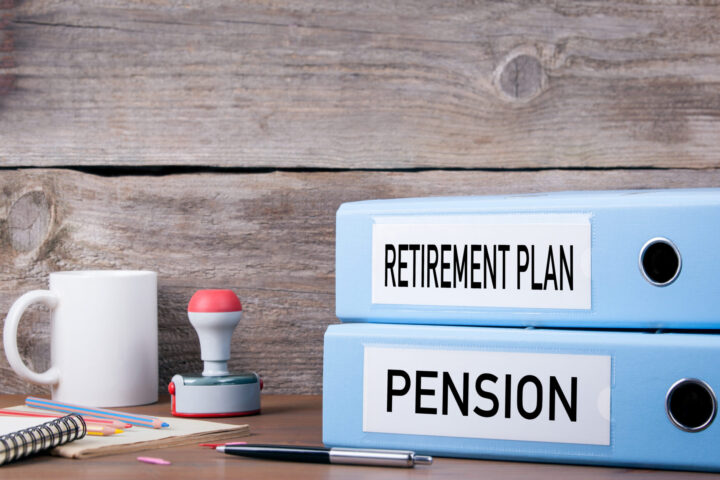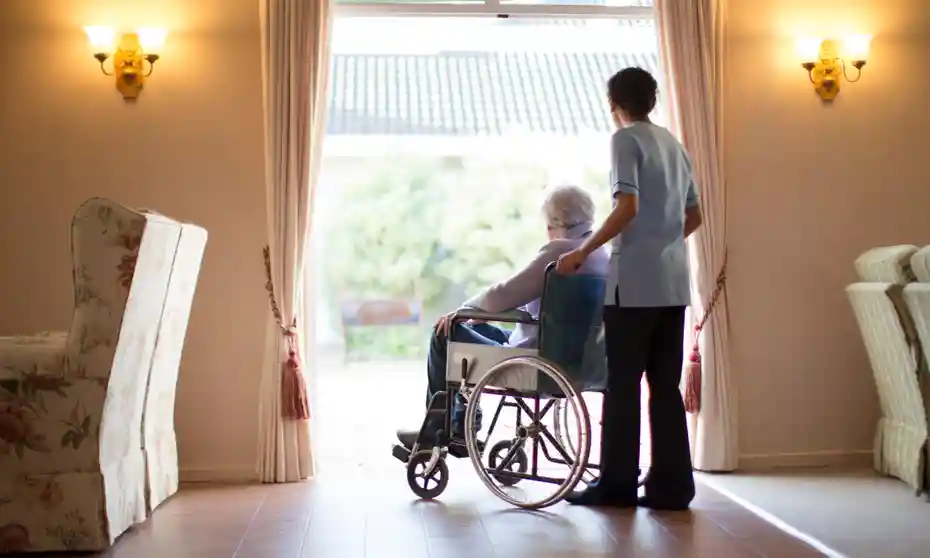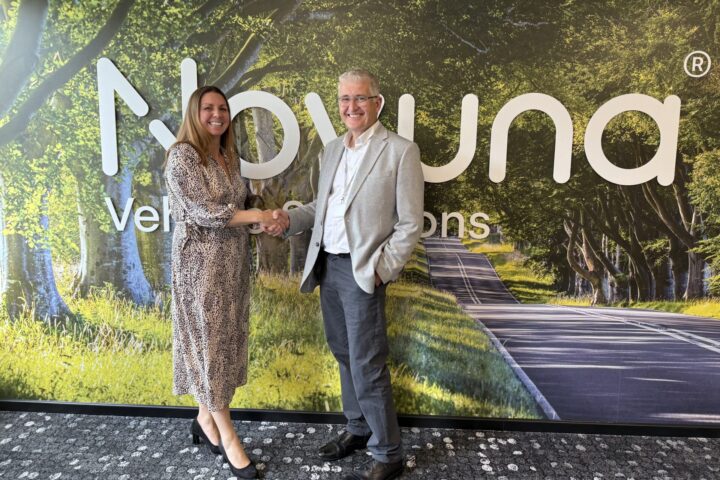Data from Hargreaves Lansdown’s (HL) Savings and Resilience Barometer has revealed that a moderate retirement income now costs £25,000 per year for a single person and £36,480 for a couple. These figures have been adjusted using headline inflation data, increasing the previously used 2023 PLSA Retirement Income Standards by 7.3%. This calculation includes the state pension, which is currently £11,500 per year, though tax must be considered.
Helen Morrissey, head of retirement analysis at Hargreaves Lansdown, explained, “If you are wondering how much you need to live on in retirement, the latest HL Savings and Resilience Barometer data suggests you will need around £25,000 per year if you are single and £36,480 combined if you are in a couple. Developing pounds and pence estimates for what you need in retirement is a hugely useful tool in helping people work out what they need and how close they are to achieving it. It’s a conversation started by the development of the Pensions and Lifetime Savings Association Retirement Income Standards.”
The updated methodology from HL offers an alternative to the PLSA’s more recent approach, which included aspirational aspects of retirement such as extra days out with family, resulting in retirement costs soaring by 34.3% per year for a single person and 26.8% for a couple. Morrissey noted, “These things will be important to many, but not all people, and many live well in retirement on far less. This diversity in approaches needs to be considered.”
HL’s report indicates that only 38% of households are on track for a moderate retirement income. Morrissey stressed the importance of addressing the challenges of planning for retirement, noting, “Even adopting a smaller increase exposes the huge challenges people face in planning for retirement. Only 38% of households are on track for a moderate income in retirement – there is clearly much work still to be done to improve pension adequacy.”
One potential solution lies in existing savings accounts and ISAs. HL’s research shows that nearly 7 million households, out of 12.2 million without adequate pension savings, have the excess cash or investments that could be used to boost their pensions or SIPPs. “It’s a simple shift that could see 1.8 million households passing the threshold for a moderate retirement income and securing their financial future,” said Morrissey.
Government reforms could also play a significant role in closing the pension gap. The Auto-Enrolment Extension Bill, which would allow people to be enrolled from the age of 18 and contribute from the first pound of earnings, could help increase pensions over time. Further reforms could incentivise employers to contribute more to employee pensions, especially for those who voluntarily increase their contributions.
The self-employed remain a particularly vulnerable group due to the lack of auto-enrolment and the perceived inflexibility of pensions. Morrissey suggested that a Lifetime ISA could be beneficial, with a 25% government bonus on contributions of up to £4,000 per year and income taken tax-free. However, she called for the government to reduce the 25% exit penalty for early access to 20% and to extend the upper age limit from 40 to 55 to help those who become self-employed later in life.

















